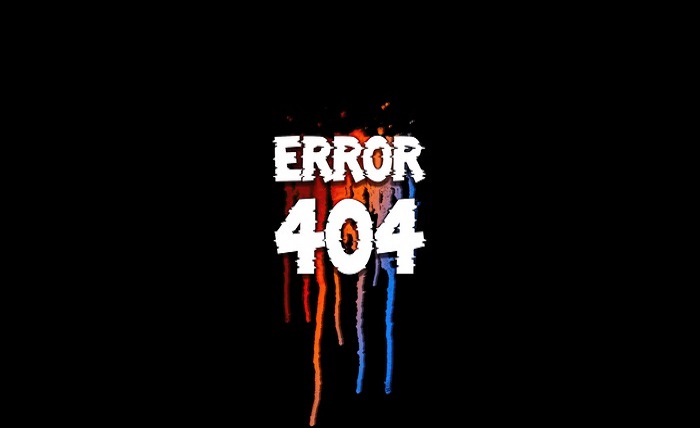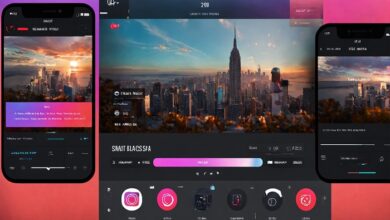
As a software developer, you may come across error messages such as “errordomain=nscocoaerrordomain&errormessage=could not find the specified shortcut.&errorcode=4”. Such errors can be frustrating and time-consuming to debug. However, understanding the error domain NSCocoaErrorDomain & the error code 4 can help you quickly diagnose & resolve the issue.
NSCocoaErrorDomain is an error domain in the Cocoa framework of Apple’s macOS and iOS operating systems. It is used to identify errors that occur during the execution of Cocoa applications. When an error occurs, an NSError object is created with an error domain and error code that describes the nature of the error.
The Error Code 4
Error code 4 is a specific error code in the NSCocoaErrorDomain error domain. It is commonly associated with the error message “Could not find the specified shortcut.” The error code 4 indicates that an operation failed because a file or directory could not be found.
The Error Message: “Could not find the specified shortcut.”
The error message “Could not find the specified shortcut.” is a common error message that appears when an application cannot find a shortcut or alias to a file or directory. Shortcuts or aliases are pointers to files or directories that can be used to access them quickly. When an application tries to access a shortcut, & it needs to resolve the shortcut to the actual file or directory. If the shortcut cannot be resolved, the application will display the error message “Could not find the specified shortcut.”
Possible Causes of Error Domain NSCocoaErrorDomain and Error Code 4
Several factors can cause the error domain NSCocoaErrorDomain & error code 4. Here are some of the common causes:
- Missing or Deleted File: If the file or directory that the application is trying to access is missing or has been deleted, the error code 4 can occur.
- Incorrect File Path: If the application is trying to access a file or directory using an incorrect file path, the error code 4 can occur.
- Corrupted Shortcut or Alias: If the shortcut or alias to the file or directory is corrupted, the error code 4 can occur.
- Permission Issues: If the user does not have sufficient permissions to access the file or directory, the error code 4 can occur.
How to Fix the Error
Fixing the error domain NSCocoaErrorDomain & error code 4 depends on the specific cause of the error. Here are some possible solutions:
- Check for Missing or Deleted Files: If the error message “Could not find the specified shortcut.” appears, check if the file or directory is missing or has been deleted. If so, restore the file or directory.
- Verify the File Path: If the application is trying to access a file or directory using an incorrect file path, update the file path to the correct one.
- Recreate the Shortcut or Alias: If the shortcut or alias to the file or directory is corrupted, delete the shortcut or alias & create a new one.
- Check File Permissions: If the user does not have sufficient permissions to access the file or directory, grant the necessary permissions.
Conclusion
In conclusion, understanding the error domain NSCocoaErrorDomain and error code 4 can help you quickly diagnose and fix errors that occur in Cocoa applications. By identifying the specific error message and error code, you can narrow down the possible causes of the error and apply the appropriate fix. It’s important to note that while the error domain NSCocoaErrorDomain & error code 4 are commonly associated with the error message “Could not find the specified shortcut.”, they can also indicate other issues related to file access!
You can read this similar topics article:
Errordomain=nscocoaerrordomain&errormessage=could not find the specified shortcut.&errorcode=4
As a developer, it’s crucial to handle errors gracefully and provide helpful error messages to users. Users are more likely to continue using your application if they encounter helpful error messages that explain the problem & suggest possible solutions.



